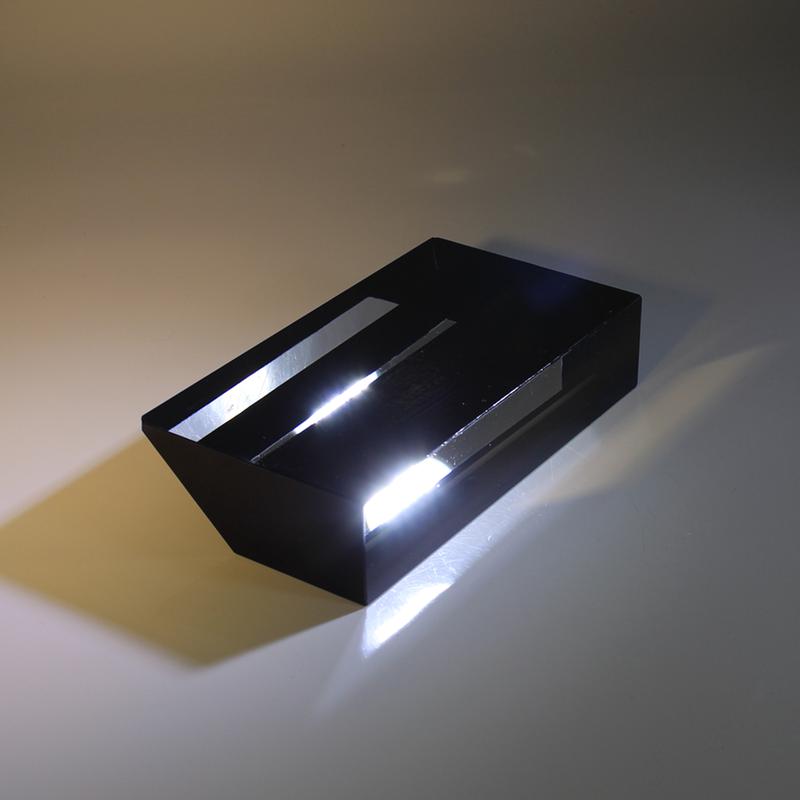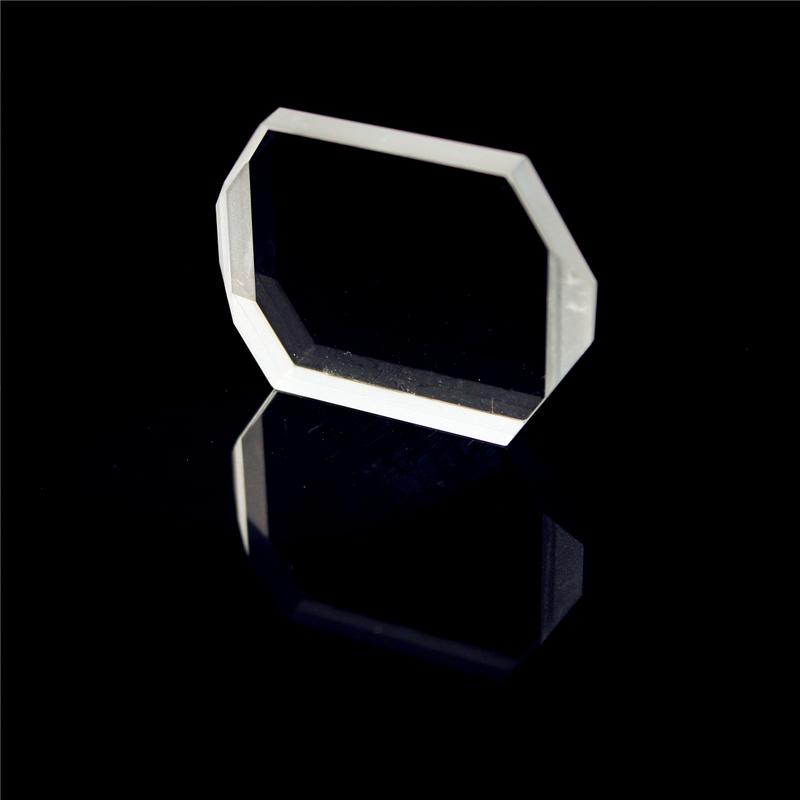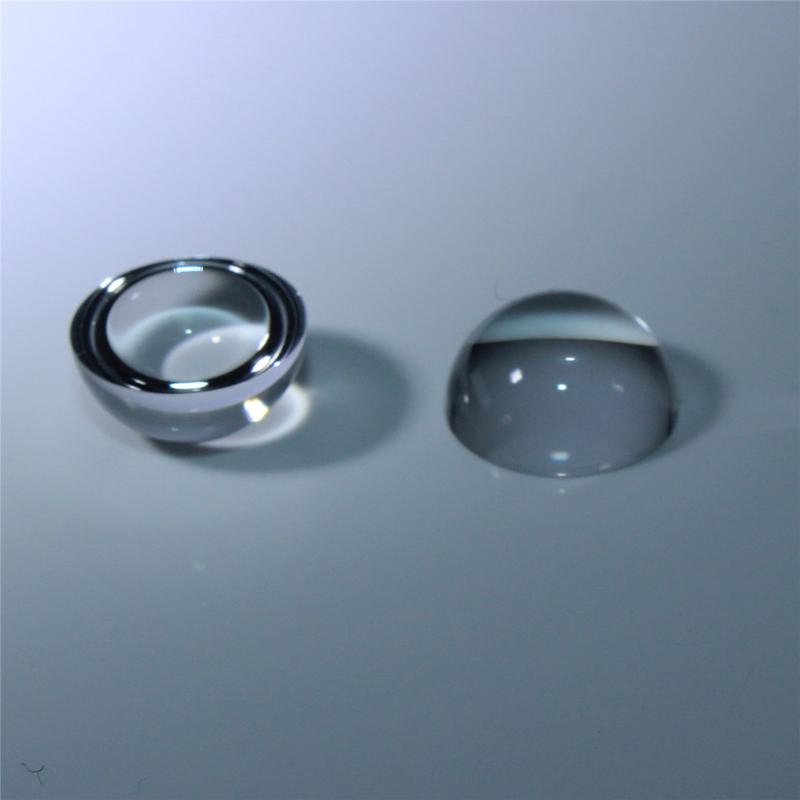How to clean optical components?
Optics are often contaminated in some ways.
Contamination is often kept to a minimum by returning the optics to their case after use or by covering the optics for cover from the surface environment. However, even with these precautions, the optic will eventually accumulate dust, stains, or another sort of contamination.
VY Optoelectronics Co.,Ltd. is a factory who manufacture optical lenses products for more than 11 years, we could produce and customize optical components as per your requirement with direct factory price, large inventory of optical lenses can be you first choice if you don't need a big quantity at prototype stage. And here we'd like to share some method of cleaning optical lenses according to our experience, hopefully it's helpful for you to know better.
Inspection of optical surfaces
During the inspection, all optics must be handled within the cleanest area available (preferably a cleanroom or within a streamlined flow bench). Proper equipment, like powder-free cleanroom gloves or finger cots, must be worn at the least times to avoid grease and oils from being transferred to the optic. Lens tissue, dust-free blowers, hemostats, cotton swabs, cotton tips, and reagent-grade acetone and methanol, will all be needed for cleaning optics. The acetone and methanol must be fairly fresh to avoid leaving any marks on the optics. Reagent-grade isopropanol also can be used rather than acetone.
A picture of our plant for your better understanding how we inspect and test optical lenses, see pictures below.
Pro Tip: Clean optics against a dark background so dust is often seen and eliminated more efficiently.
There are two ways during which an optic are often evaluated:
• If the optic is getting used during a laser-based system, contamination on the optic might cause the optic to scatter the laser light, thus reducing power and making the optic "glow".
• An optic also can be visually inspected by holding it below a bright light and punctiliously viewing it at different angles. this may cause the sunshine to scatter off the contamination enabling the viewer to ascertain the varied stains and mud particles.
We summerized totall six methods of cleaning, include blowing method, drop and drag method, wipe method, bath method, soap solution method and ultrasonic cleaning method.
You can read detailed information of each cleaning method of lenses, if any doubts or question, welcome to contact us and discuss with us!
1. Blowing method
Avoid touching the surface of the optic with unprotected fingers! Always wear powder-free gloves or finger cots. the primary step in cleaning any quiet optic is to get rid of dust or loosely held particles by blowing them off the surface employing a dust-free blower (use dry nitrogen or CO2 blower) or a camel hairbrush. This reduces the prospect of scratching the optic during the particular cleaning. Other pressurized gas products aren't recommended because the propellant might be released onto the surface within the sort of liquid droplets.
NOTE: This is often the sole cleaning method allowed for bare metal, soft coatings, and pellicles. These sorts of surfaces should never be touched.
2. Drop and drag method
For this procedure the optic will need to be far away from any mount it's in, and placed during a cleanroom environment. In many cases, it's beneficial to wash the sides of the optic first to stop dirt or excess polishing compound from being drawn onto the polished surface.
• Use the blowing method first.
• Place a drop of methanol or reagent-grade acetone on the side of lens tissue. With the opposite hand, hold the optic by its edges.
• Gently place the wet area of the tissue onto the optic.
• Slowly drag the lens tissue across the surface applying equal pressure until the lens and tissue are dry.
• If required, repeat the method with fresh lens tissue.
CAUTION: take care to not drag a bit of dirt across the surface as this might scratch the surface.
3、Wipe method
If the optic can't be taken out of its held position or if stronger cleaning is required, then subsequent step are going to be to wipe using lens tissue along side methanol and acetone.
• Use the blowing method first.
• Fold a bit of lens tissue to make a folded edge that's a touch longer than the dimensions of the optic. A hemostat is especially suited to securely hold the folded tissue.
• Wet the folded fringe of the tissue with acetone.
• Wipe the optic with the lens tissue with one continuous motion. Apply some pressure on the wipe to get rid of stubborn stains.
CAUTION: it's important that the tissue be dampened with acetone or alcohol before use which the surface not be scrubbed back and forth, which might increase the likelihood of surface scratches or damage to a coating.
4. Bath method
Small optics or optics that need milder cleaning than the wipe method are often cleaned by the immersion method.
• During this method a Petri dish is lined with lens tissue and crammed with methanol.
• Once within the Petri dish, clean the optic gently with a soaked plant disease.
• Once wiped, agitate the Petri dish for a couple of minutes.
• Repeat steps 1 through 3 with acetone rather than methanol.
• Next, remove the optic from the Petri dish and blow-dry.
• If stains occur due to the blow-drying, use the drop and drag method described above.
CAUTION: don't use this method with cemented or mounted optics. Metallic coatings vary in hardness and sturdiness then should be treated with extreme caution.
5. Soap solution method
If the optic contains contamination within the sort of grease (fingerprints, etc.), methanol and acetone will tend to easily redistribute the grease. during this case, the optic will got to be cleaned with a soap solution. The soap solution should be a nonabrasive, mild solution with no additives. (Green soap works well for this.)
• Use the blowing method first.
• Use a soap solution and clean with either the wipe method or the bathtub method.
• Rinse thoroughly with deionized water during a Petri dish.
• Cleaning with methanol and acetone (wipe method or bath method) should be next.
• After rinsing, blow-dry with a dust-free blower to get rid of all water.
6. Ultrasonic cleaning method
One other cleaning option is to use an ultrasonic bath. This method is that the same because the bath method, except for all the Petri dishes, are placed in an ultrasonic bath for about one minute. Please note that even with dielectric coatings, the utilization of the ultrasonic bath may cause the coating to flake at the edges where it's the weakest bond.
Our factory located in North-East of China, Changchun city, we manufacture and produce optical lenses products more than 11 years, our engineer could design optical system and provide optical solution according to customers' request, why not contacting us for more further communication?





